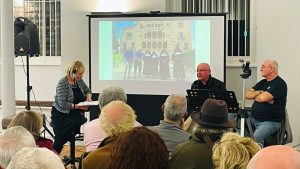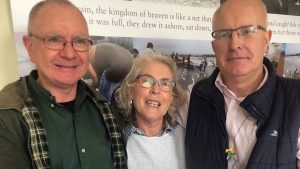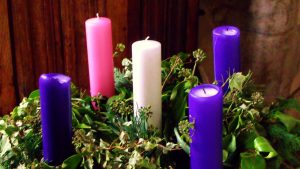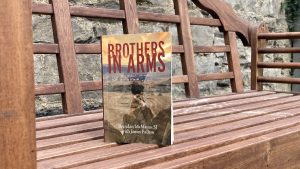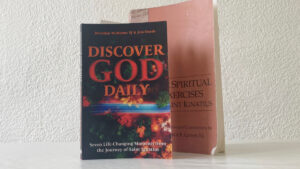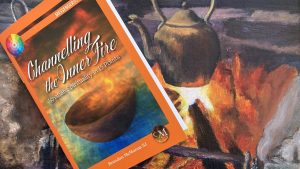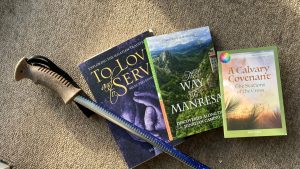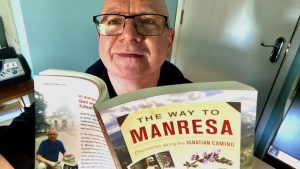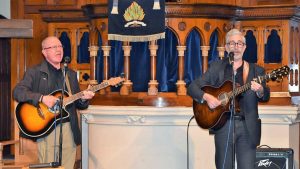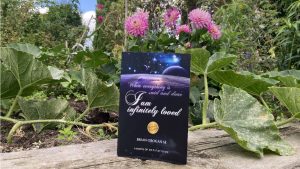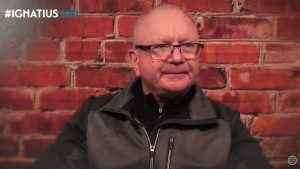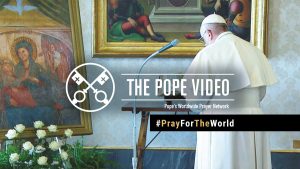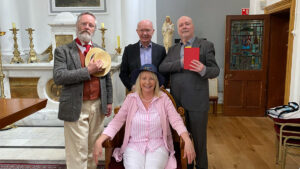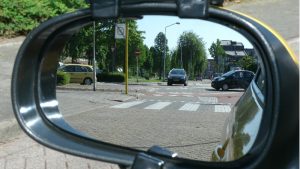Resurrection in dark times

These Covid-19 lockdown days are a rollercoaster of emotions, from the blackness of despair to fleeting moments of light and hope. Even though it’s only been a few weeks, the toll on our mental health, relationships and general well-being is very high. It’s especially hard on frontline workers, those bereaved or dealing with sickness, or those families cooped up in houses and flats. I have it easy in comparison. After a ‘honeymoon’ start to lockdown, recently I’ve had to abandon all my high-flying plans for reading, writing and exercise. The last few days in particular have been very tough, even though objectively it seems like the worst is over, often it feels like an endless nightmare. At this stage, it is a question of enduring and getting through, arriving alive at the other side. Whenever that comes.
The experience reminds me a lot of the 30-day silent retreat, the Spiritual Exercises (it also reminds me of my five-week Camino walk), that we do on entering the Jesuits. The first week begins with the joy and wonder of God’s grace, but very soon you hit the wall in the third week with the pain of the Passion of Christ and all seems lost. The wisdom of the retreat is such that you have to arrive to these very dark places of disintegration and loss to appreciate the resurrection; it is God’s world and in God’s time things swing around, our lives are merely an ‘on loan’ gift. The death-resurrection experience (a ‘U’ shaped curve) is a process of slowly coming back to life and recovering the joy of simply being again. The key to it is being grateful for small things. Being in the Passion, the trough or the dip though, robs you of the ‘feel-good’ factor, of the simple pleasures of good sleep, exercise, and being on top of things. The danger is losing perspective and motivation. You have to trust the process, only through arriving at your limits allows for a hard-earned breakthrough.
Some people have written about this Covid-19 crisis as a time of grief. It’s the loss of so many things, freedom, relationships and autonomy. Awful dread days and nights are interspersed with sudden flashes of light. Like the grief process (cf. Kubler-Ross’s 5 stages of grief, a ‘U’ shaped curve), there is isolation and the feeling of dying inside, in an endless night. But like a self-righting buoy, something always brings me back to the light. At the darkest hour the dawn arrives again anew, just like always, but I forget so easily. This pandemic world of sickness and death (watching the news is horrifying) is not the end. It’s not all of reality as it proposes to be but just a temporary place of growth and purification. Unexpectedly, I am redeemed, saved from the grave. I learn about humility, compassion and grace. A person, the Christ, has lifted me up. My true destiny is revealed, to be with the Light, breaking open the clouds of weary, isolated existence.
The life and death of Jesus is not something that happened years ago and no longer relevant. Rather it is the very essence of the lives we live, the dying and the rising is a continual process that marks our lives and especially shapes our Covid-19 world. The experience of the process of suffering and pain alternates with great joy and fulfilment. Especially the last few days when I began to hit the ‘wall’, reaching the limits of my strength and endurance (Richard Rohr calls this ‘liminal space’), I know to hang on. You begin to get down, life loses its meaning and things become grey. It is a suffering of tedium, awareness of limitation and mortality. Nothing seems to happen, move or motivate me… I begin to realise I am drifting away from the life and the source itself, I am deluded by pain and weariness to believe that there is no meaning, no God and no hope… This is the experience that Jesus himself passed through in the Garden of Gethsemane, the ‘why have you forsaken me’ moment which is chilling but inspiring in its raw humanity.
That’s where the radical prayer comes in, the prayer of the cross, imitating the same ‘U’ shaped process that Jesus has lived through. Reaching the limits and handing it all over to God, holding nothing back, stepping into that dangerous mysterious void. It means trusting the ‘passionate one’, the one who has been there before us in the depths, who has beaten the rap and taken the hit for us. To pray using the words of the psalms, as Jesus did in his darkest hour, has an extraordinary power:
Into your hands O Lord, I commend my spirit
Take away this cup
Why have you forsaken me
I begin to see a chink of light, I begin to pull out of the dive, I begin to rise again.
Then, before I know it, I see the spring outside. I hear the birds again, carried and inspired, the world seems all right, the pain drifts away, I can see a way, I walk towards the light, I am walking in faith, hope and love abound. The hardest thing is hanging on in the bottom of the dive and remembering that it’s not about me, that I am being carried and I need to let myself be lifted and freed. The biggest illusion is in the mind, that there is no meaning (the work of the ‘bad spirit’) and that I only deserve the worst. It is a seductive pattern of inviting me to give up… all lies of course.
This cycle can last a year, a month or even a day. The challenge is to live every day like a resurrection day. To be so fully present, in the moment and living the paradoxical tragedy-wonder of life. It is all about gratitude: to see the absolute giftedness of every moment, the wonder of every encounter, the silver lining on every cloud. The mask of mundanity is pulled away and I see the wonder of things, fragility and strength, the way we are held in being at each moment. The Gospel of today, the Road to Emmaus (Luke 24), mirrors this exact same process of desolation to hope, darkness to light, and 11th hour rescue from despair.


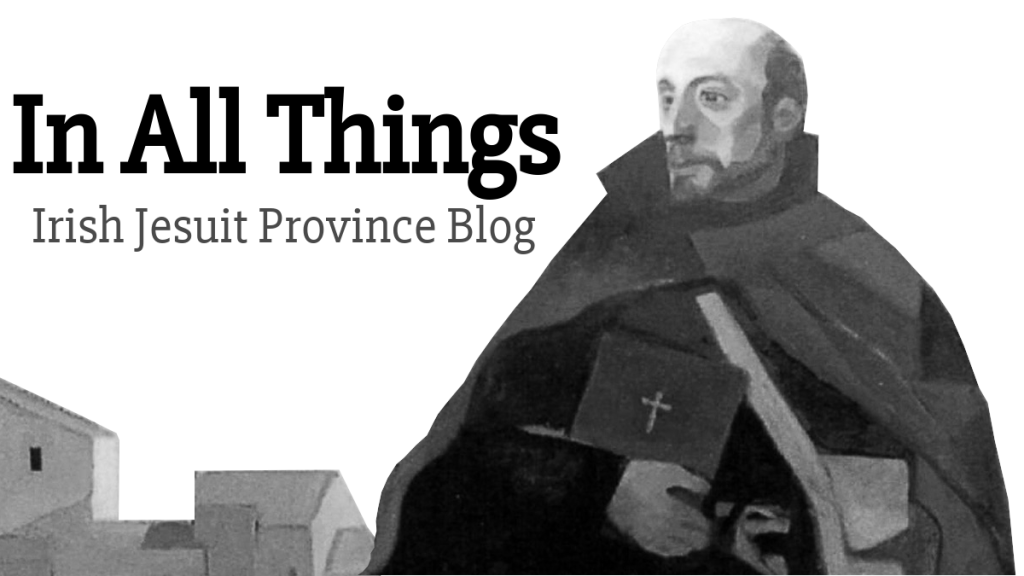
 Fermanagh-born Brendan McManus SJ works in the area of spirituality and spiritual accompaniment. He is the author of Redemption Road: Grieving on the Camino, a highly-praised personal reflection on healing and recovery. It deals with Brendan's experience on the Camino pilgrimage as part of his effort to come to terms with his brother's suicide.
Fermanagh-born Brendan McManus SJ works in the area of spirituality and spiritual accompaniment. He is the author of Redemption Road: Grieving on the Camino, a highly-praised personal reflection on healing and recovery. It deals with Brendan's experience on the Camino pilgrimage as part of his effort to come to terms with his brother's suicide.